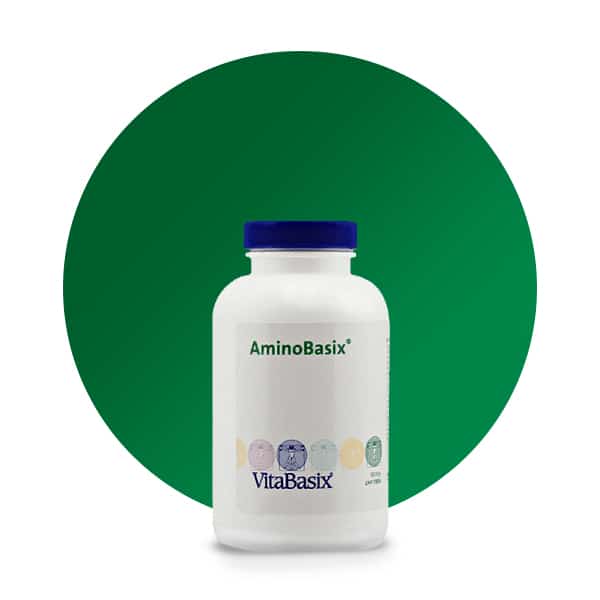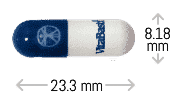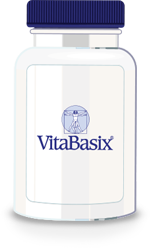A special portal system on the stalk of the pituitary gland, consisting of a fine network of blood vessels, regulates both the suppression and the release of hormones and other messenger substances. Here, eight essential, i.e. truly vital, and some semi-essential amino acids ingeniously share their tasks. As hormone-releasing agonists, most are directly involved in the release of certain growth factors. Others, however, block the release of these messenger substances, which is why they are also called somatostatins or statins of the hypothalamus.
L-leucine is found in foods such as fish, meat, legumes and dairy products. It prevents muscle breakdown after physical exertion and helps to provide the body with more energy.
L-ornithine is found in foods such as dairy products, meat, fish and eggs. It can promote energy efficiency during sporting activities and help to keep the hormone balance within the normal range. L-ornithine interacts with arginine, from which it can be formed.
L-isoleucine: Foods such as meat, fish, vegetables and legumes are rich in this essential amino acid. This natural substance can help maintain normal blood sugar levels.
L-valine is found in legumes, grains, meat, fish and nuts. It has a general stimulating effect and is needed for muscle metabolism, repair and growth of muscle tissue.
L-tyrosine is found primarily in foods such as peanuts, peas, eggs and soy products. It can support concentration and mood, as it is the precursor for various neurotransmitters and hormones.
L-tryptophan, the important precursor for the happiness hormone serotonin, can aid digestion. Foods such as nuts, meat, cheese and cocoa powder are rich in this nutrient.
L-arginine is found in foods such as meat, nuts and legumes. Pumpkin seeds are particularly rich in this natural substance . It is important for the formation of nitric oxide in the body. The latter can help maintain normal blood flow to muscle tissue while allowing the kidneys to function normally.
Foods rich in L-lysine include eggs, dairy products, fish and muscle meat. The main role of this essential amino acid is to ensure that the body can produce enough carnitine to promote fat burning and the maintenance of normal LDL cholesterol levels. At the same time, it supports the normal function of connective tissue.
L-methionine is another essential amino acid that can, among other things, support the normal pH value of body fluids. It is found in foods such as fish, meat, vegetables, wholemeal bread and rice.
Similar to tryptophan, L-phenylalanine is a precursor to neurotransmitters such as dopamine, adrenaline and noradrenaline. Foods such as beef, lentils, cashews and oatmeal are particularly rich in this nutrient. L-phenylalanine can contribute to a general mood lift.
L-threonine is a little known but essential amino acid . It is found in foods such as beef and chicken, walnuts, wholemeal flour and peas. It is needed for the synthesis of the amino acids glycine and serine, which are essential for the production of collagen, elastin and muscle tissue. Thus, threonine helps to keep the body’s connective tissues and muscles strong and elastic.
L-histidine: Is found in foods such as tuna and salmon, fillet meat and cheese, but also in soybeans, peanuts and wheat germ. L-histidine has cell-protective properties and can contribute to the excretion of heavy metals. It can also support a well-functioning immune system.
The black pepper extract piperine can positively influence the bioavailability of various micronutrients.





 Chronobrands
Chronobrands



Reviews
There are no reviews yet.